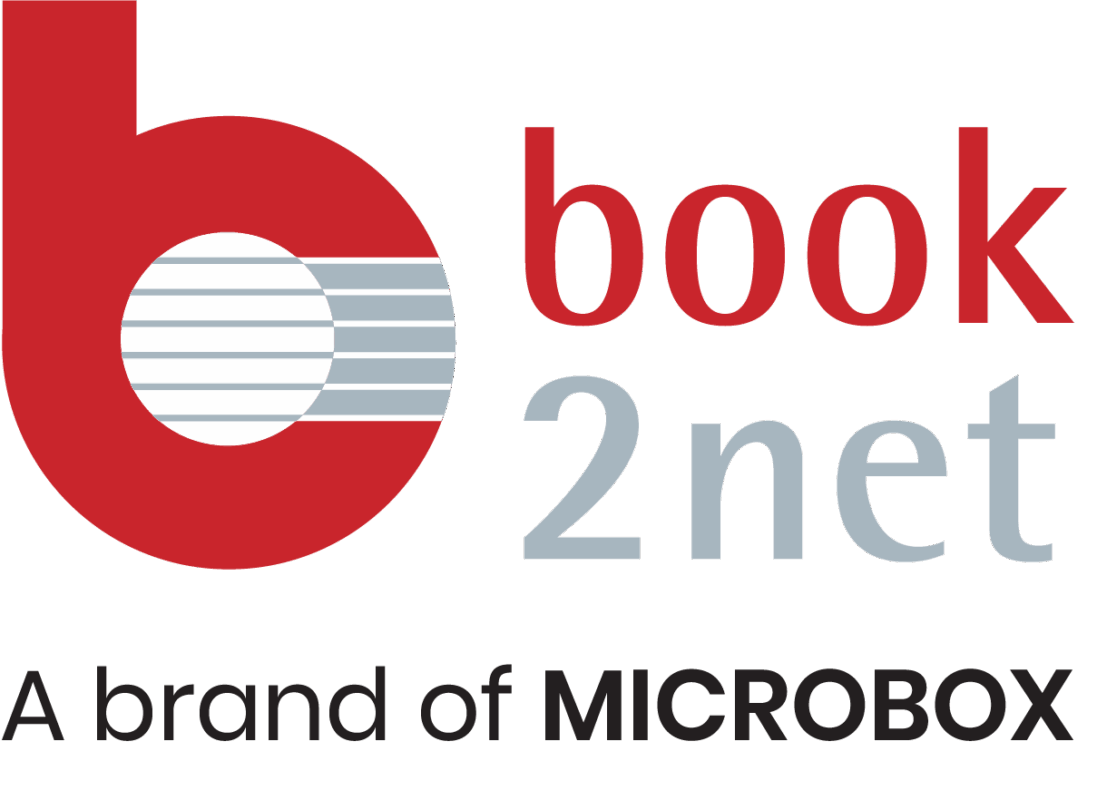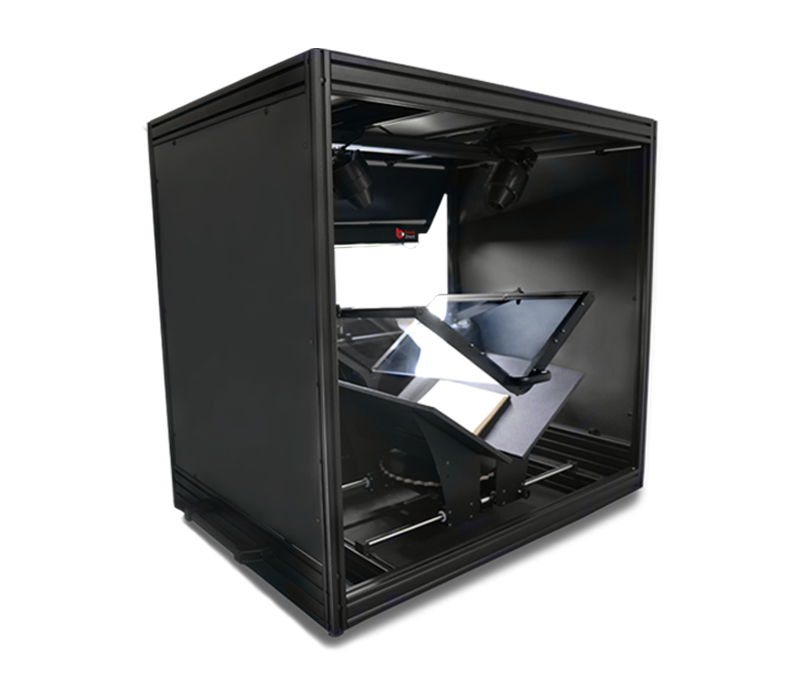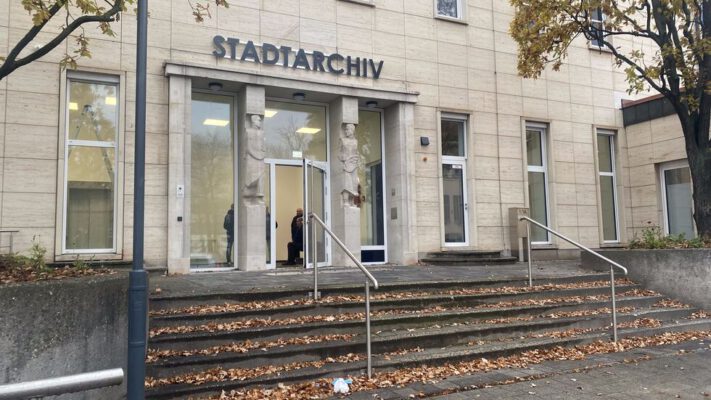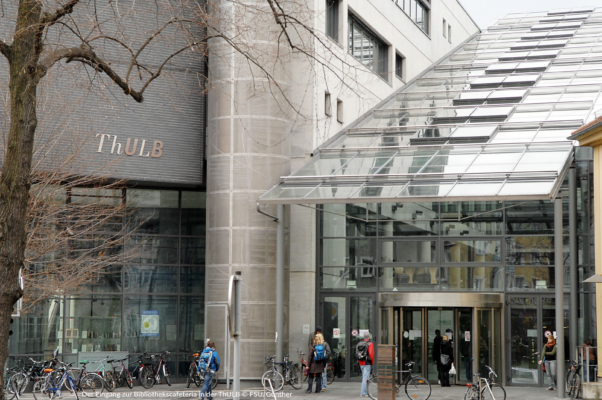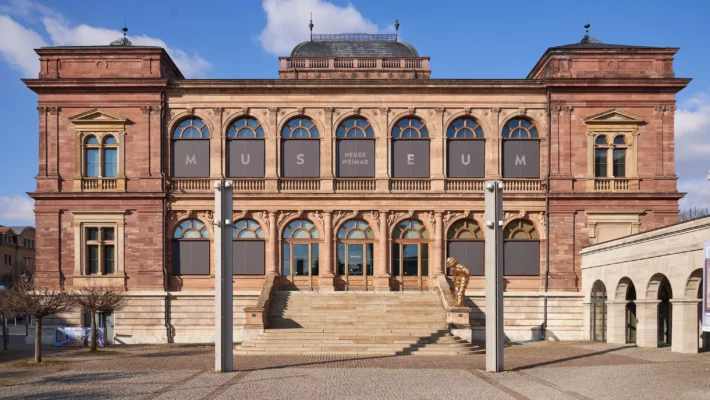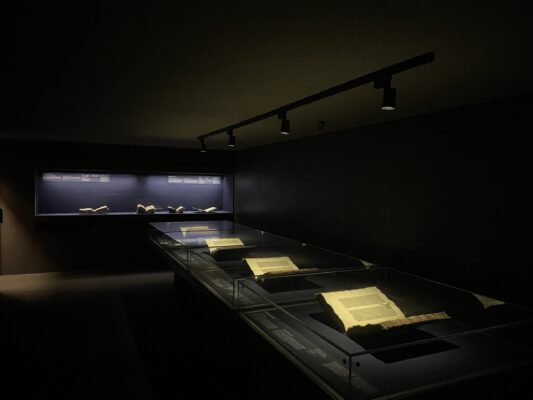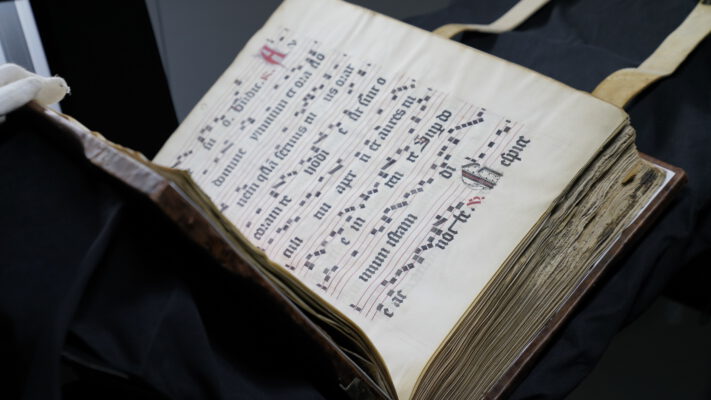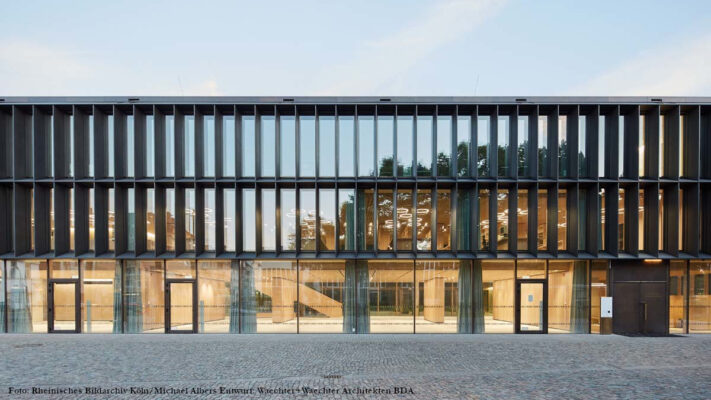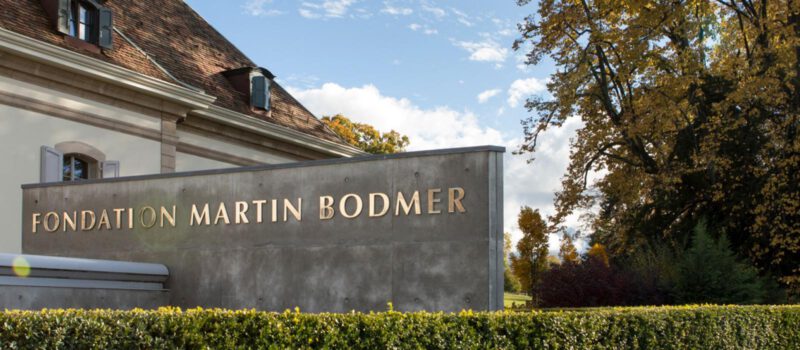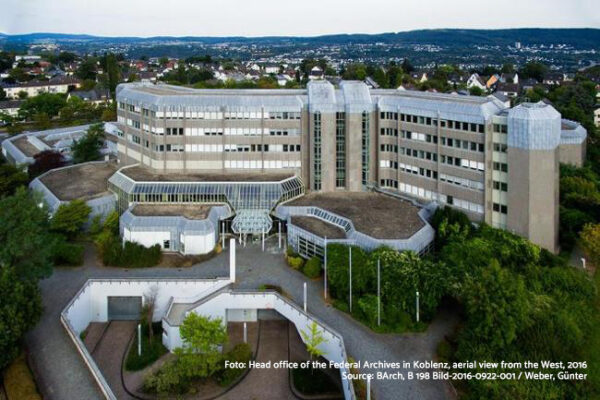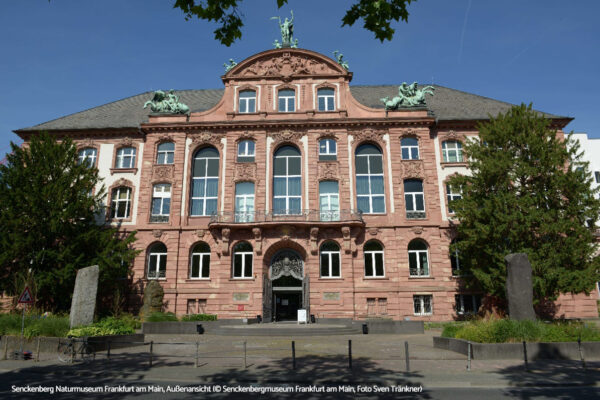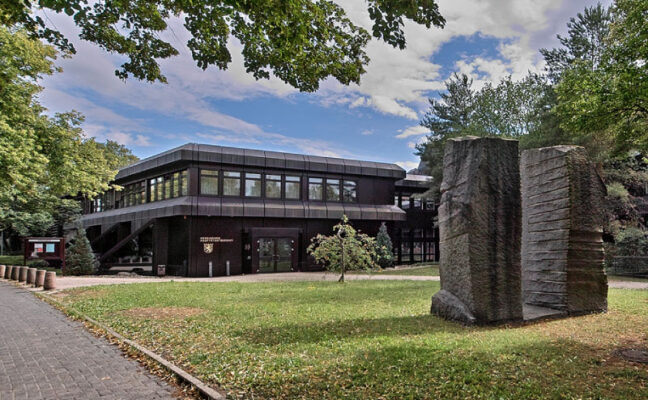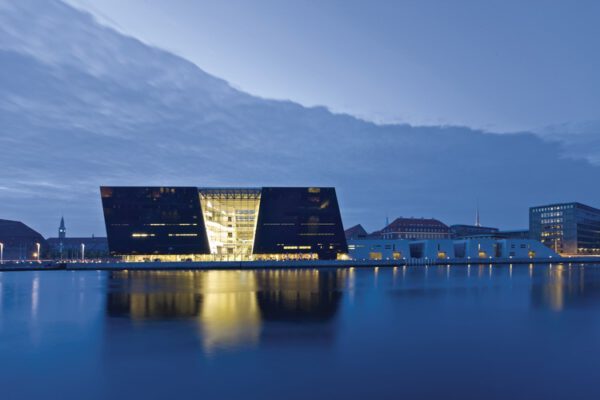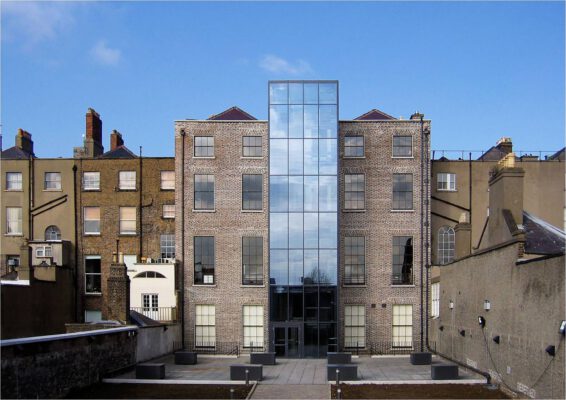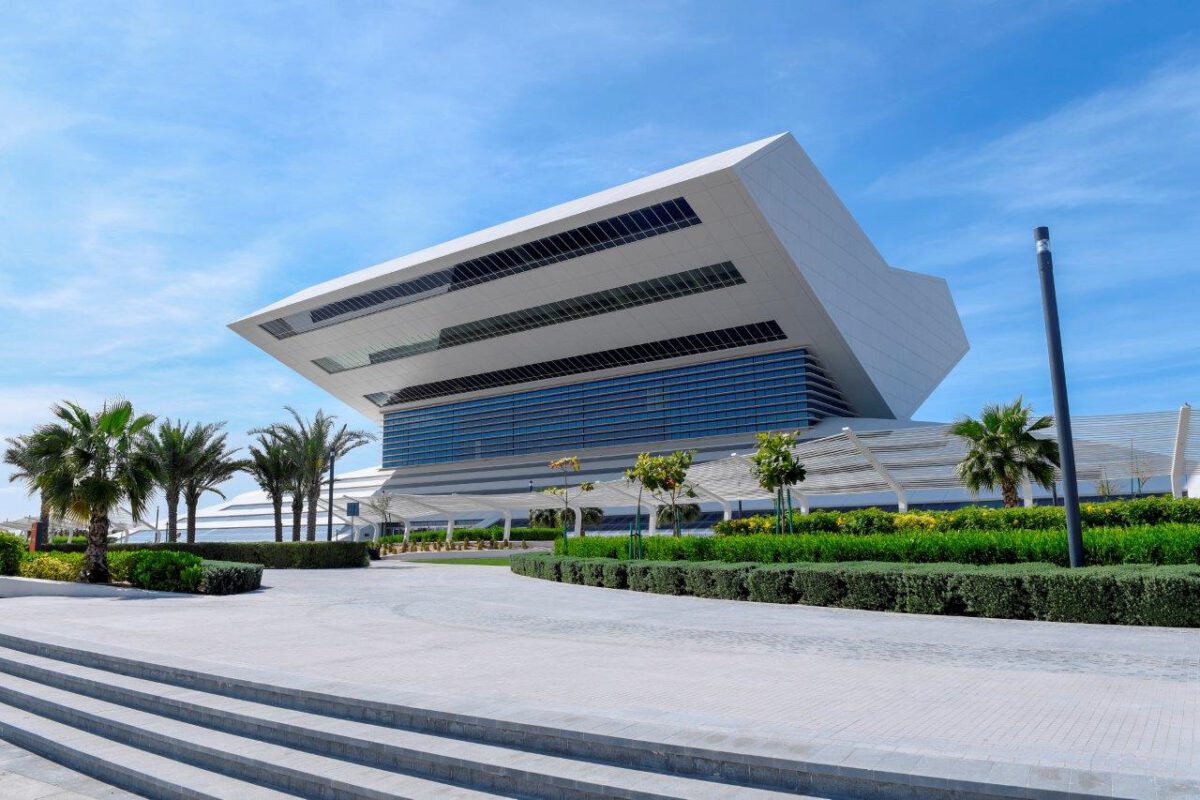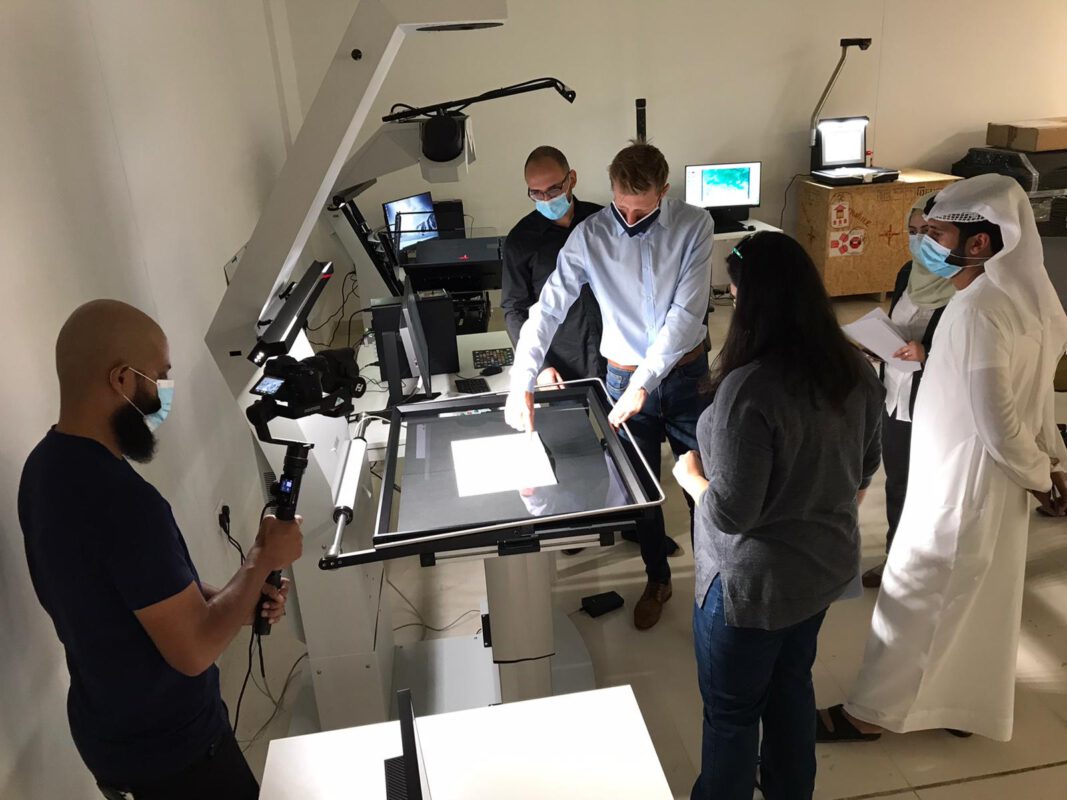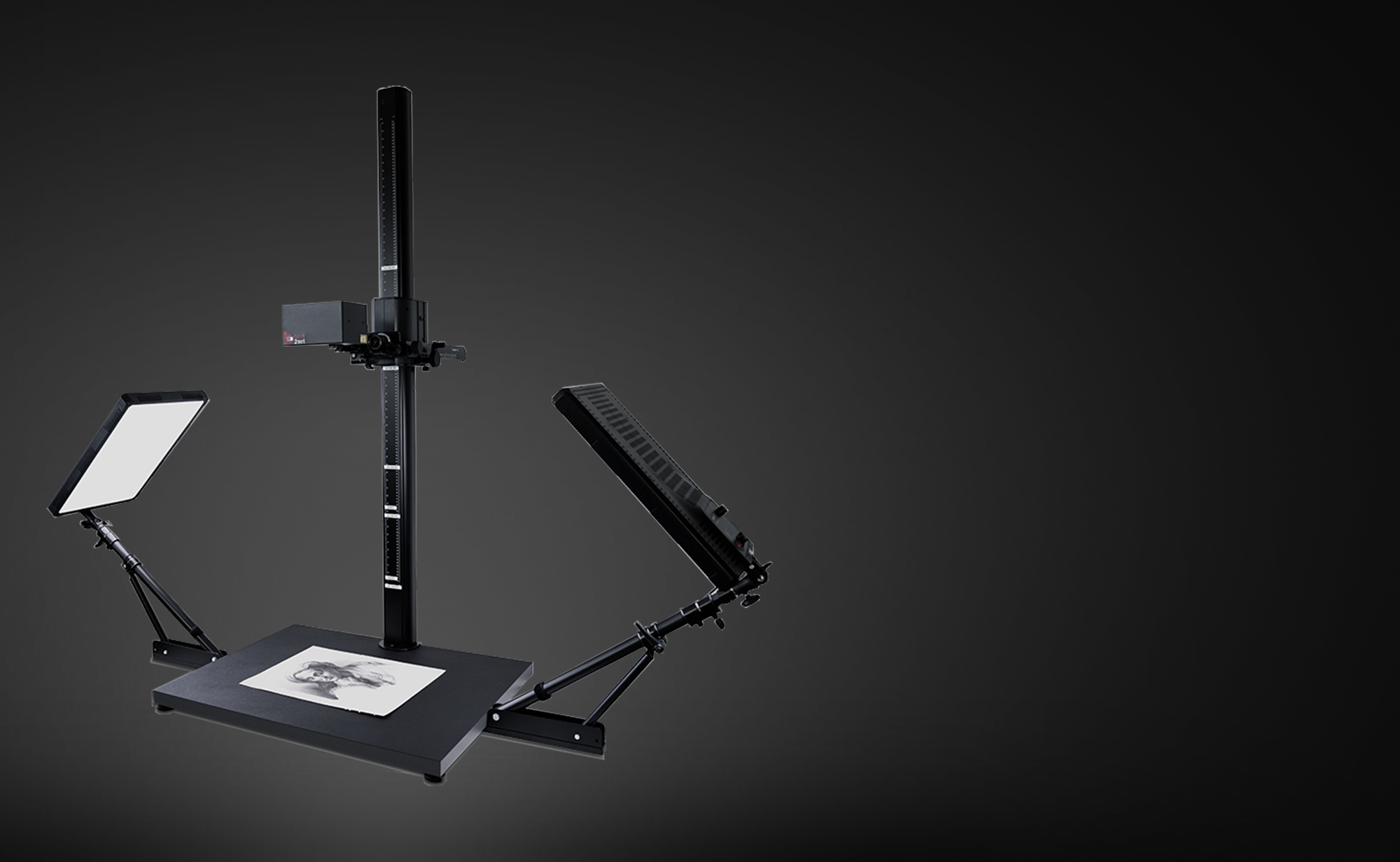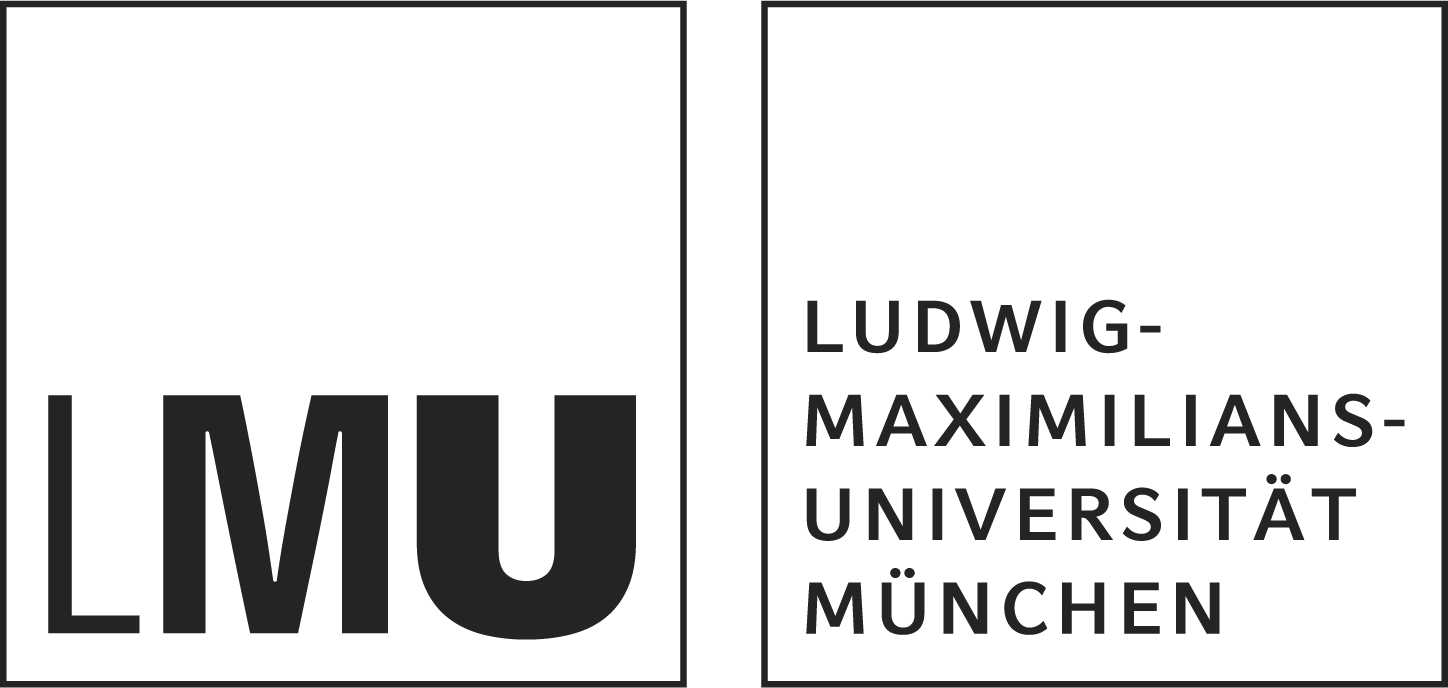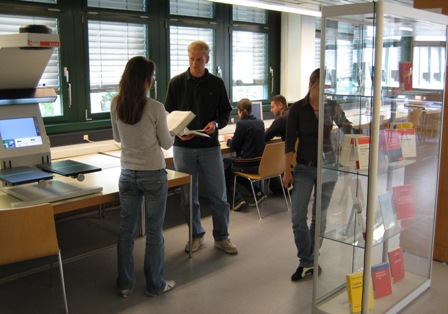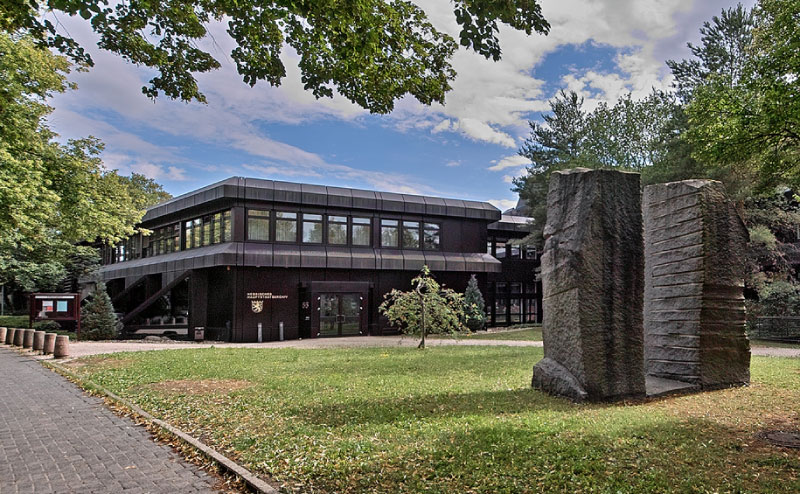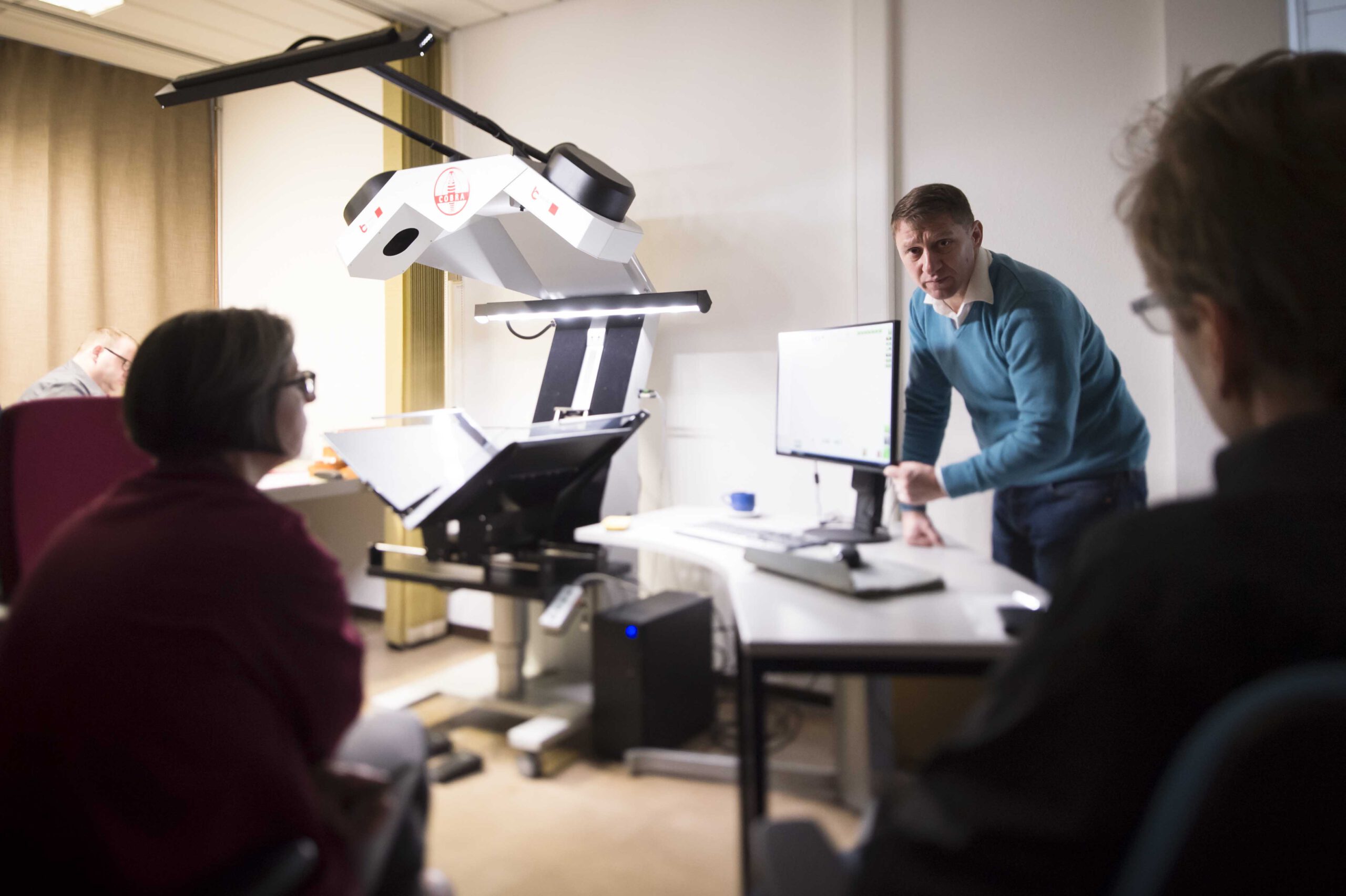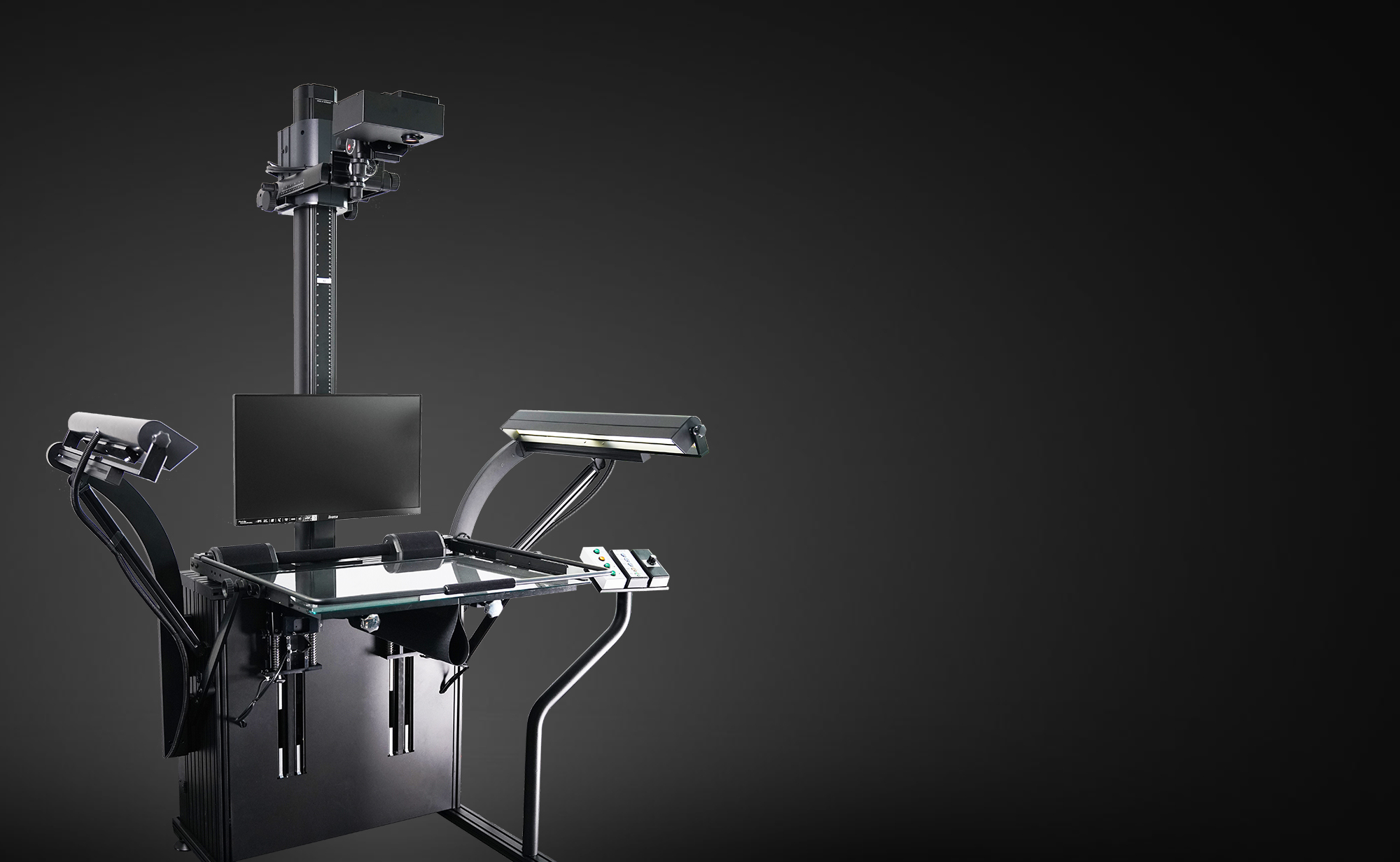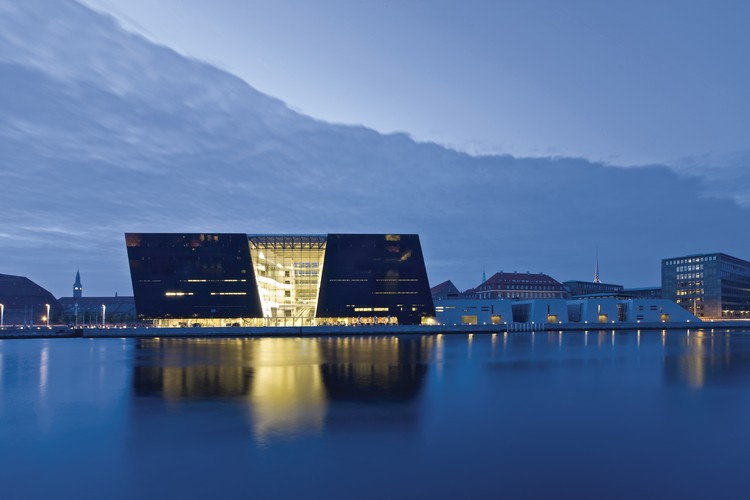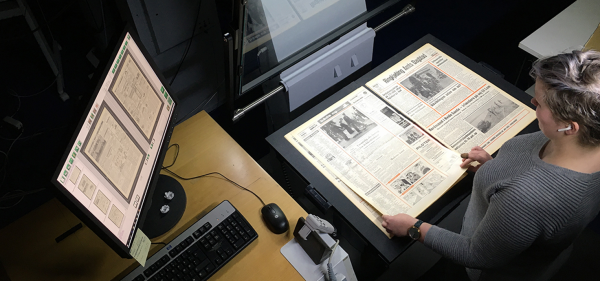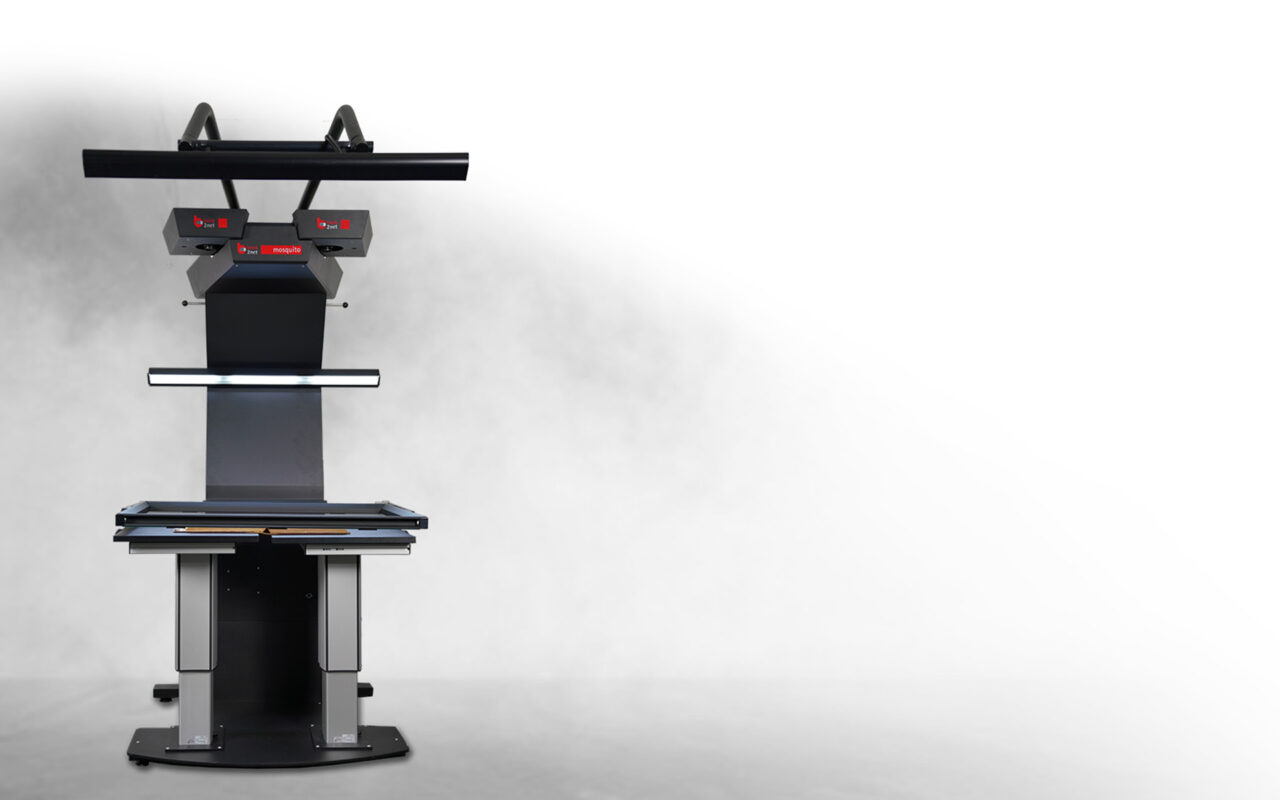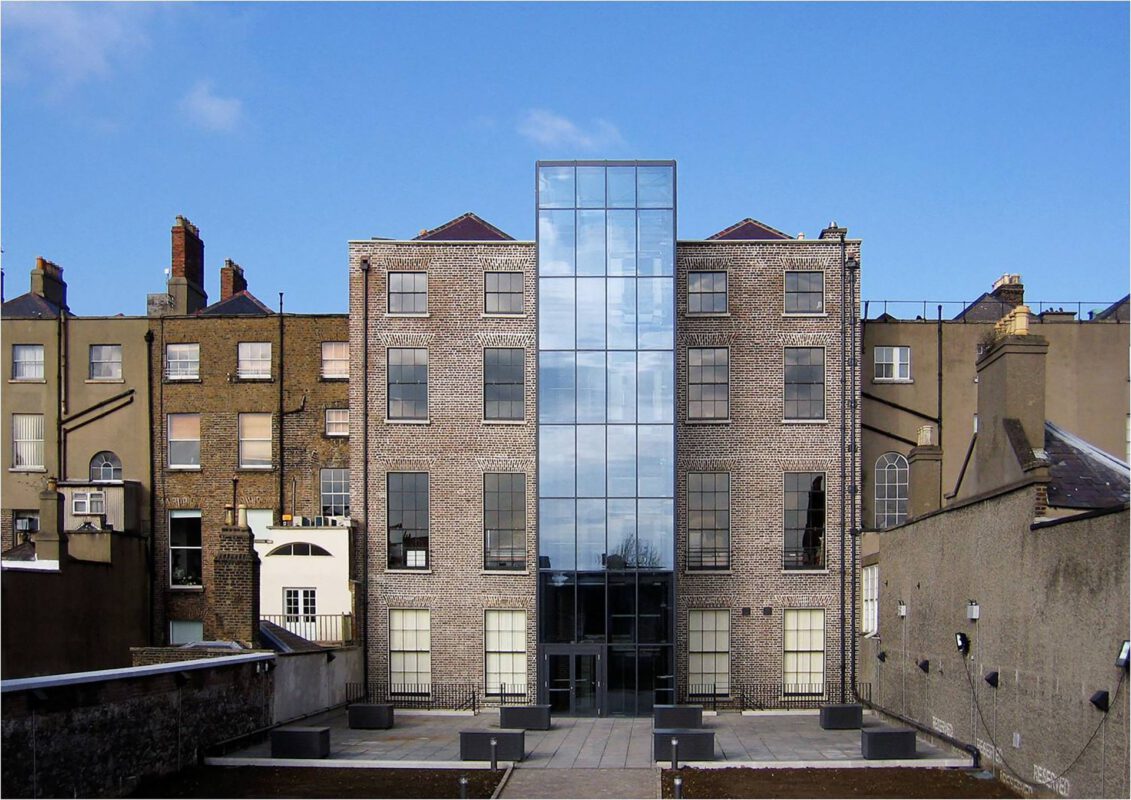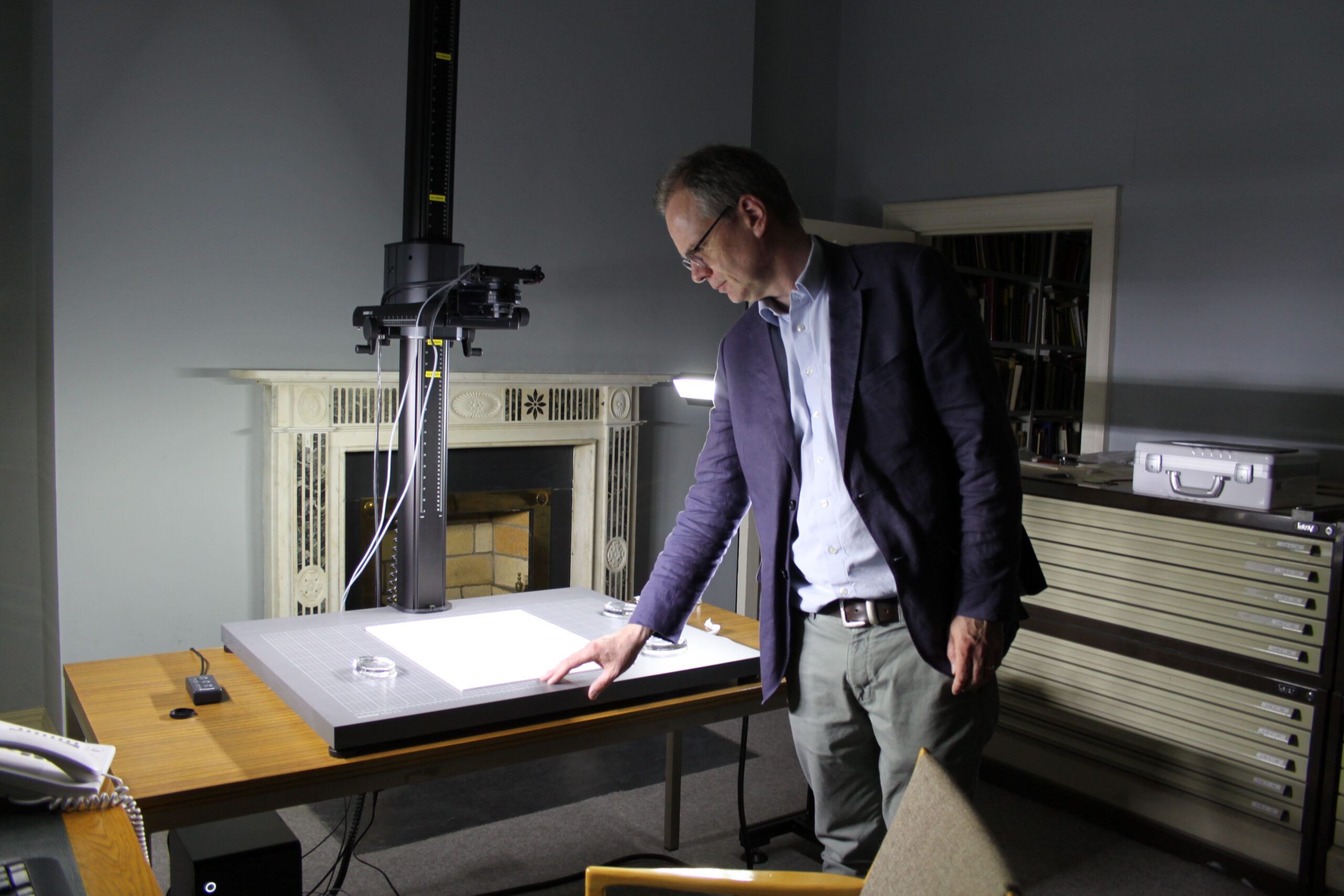Ministry of Justice of Uzbekistan
As a central government agency of the Republic of Uzbekistan, the Ministry of Justice, based in the capital Tashkent, has been tasked with consistently implementing a uniform state policy in the field of law and practice since the country gained independence in 1991. Special attention is given to the observance of democratic values and the protection of human rights, which are anchored in the constitution, as well as the full development of civil society in order to strengthen its legal framework. The ministry has offices in all 12 regions of Uzbekistan and collects legal and historically relevant public documents.
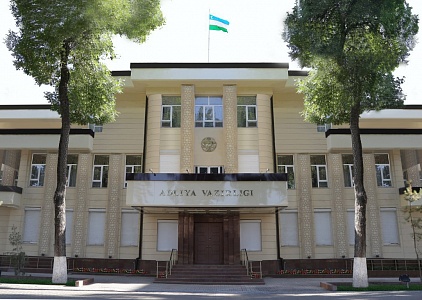

Project background
In order to simplify administrative processes, to facilitate the access to documents for the employees and thereby improving the services for the Uzbek population, the Ministry of Justice has decided to start the extensive project of digitizing 160 million bound documents. These documents contain personal data of the Uzbek population spanning three generations. One of the major challenges of the project was that these documents were kept in 248 different locations across the country. In addition, the binding of Asian government documents differs from the European one, which makes it difficult for conventional scanners to capture information in the critical book fold area. The age and fragility of some documents also posed additional challenges.
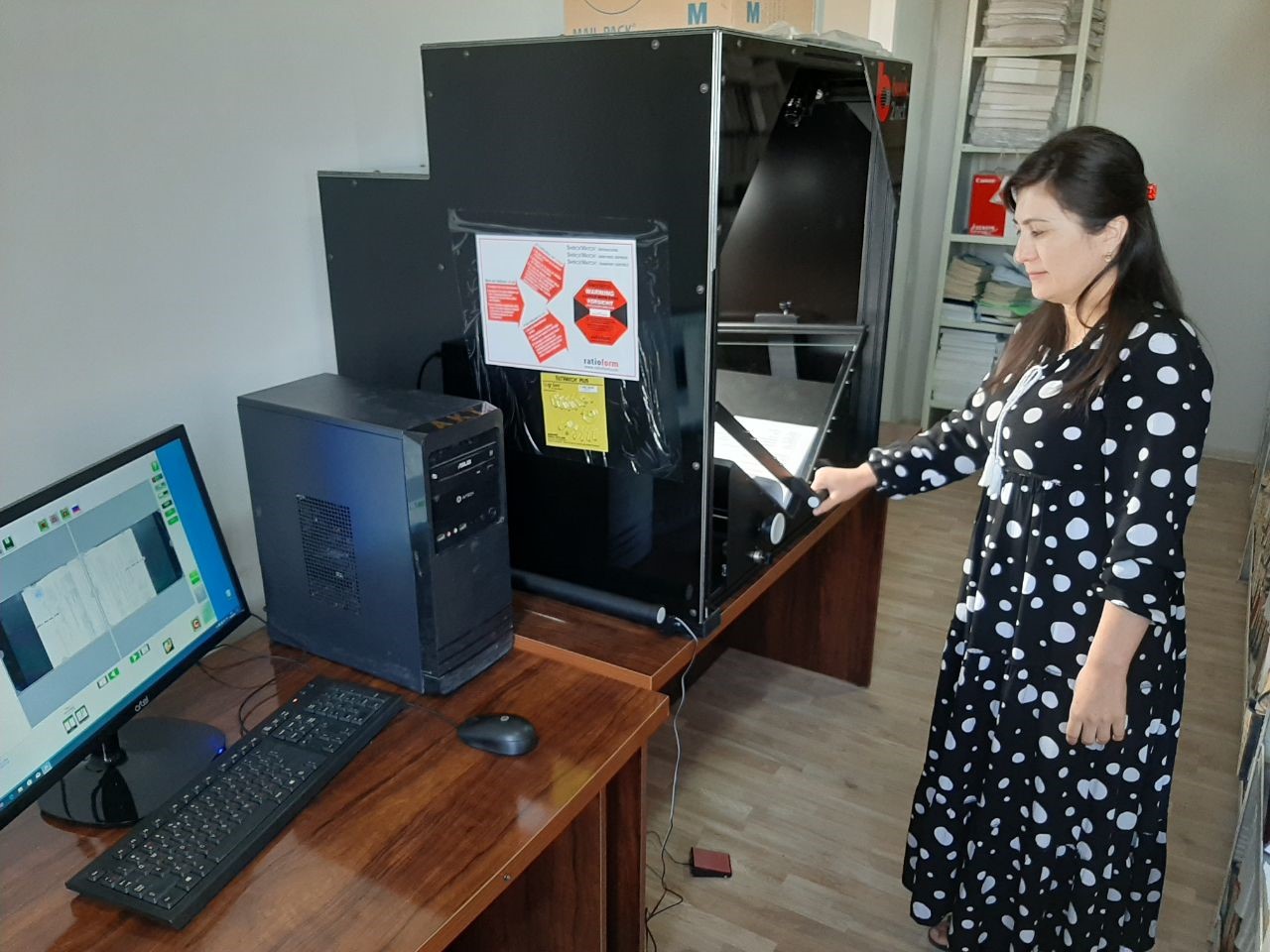
BOOK2NET ACTION
Since the Ministry of Justice was already familiar with the book2net team and the quality of the book2net scanners from previous projects, the Uzbek government was able to make a quick decision to cooperate again with us on this demanding project. The book2net team gladly accepted the logistical and qualitative challenge and initially developed and supplied two Falcon scanners to assess the situation. Based on the experience with these two units, it was possible to develop a customized solution that included all the aspects required.
Falcon is a small and mobile V-shape book scanner, ideally suited for the gentle digitization of bound stocks up to A4 + format, which can only be scanned with a small opening angle. The glass plate is cut to an angle of 55 °, thus ensuring that all information in the book fold can be correctly captured. At the same time, the Falcon is designed as a production scanner for high throughput and meets the demanding requirements of a long-term project. The ergonomic design makes it easier for the user to work on the device.
During the test phase, our book2net experts determined that it would be much more comfortable to transport the scanner to the documents instead of coordinating their transport to a central location. Therefore, the Falcon was designed as an out-of-the-box solution that can be easily operated by all employees of the ministry: The scanner’s special transport box also serves as a support table, so that the scanner must only be unpacked and connected to a computer.
Results
Book2net delivered the devices to the individual locations and carried out on-site training for the employees. The Ministry of Justice of Uzbekistan was therefore able to start the project as planned. According to feedback from the ministry, the digitization will be also completed in the planned period, as all devices are working smoothly. We are incredibly pleased to have made our contribution to this important, community-oriented project.
See the Falcon